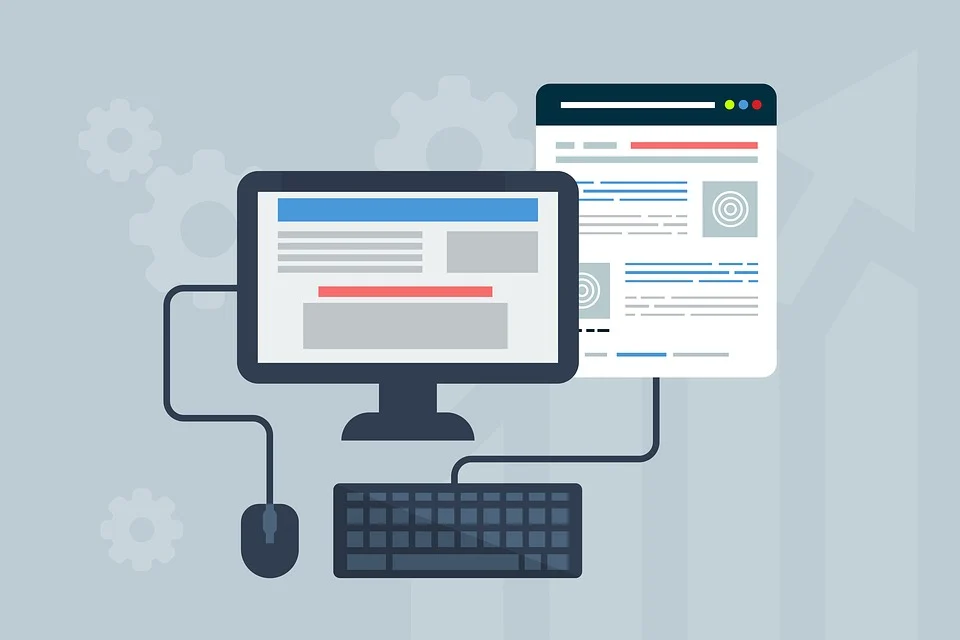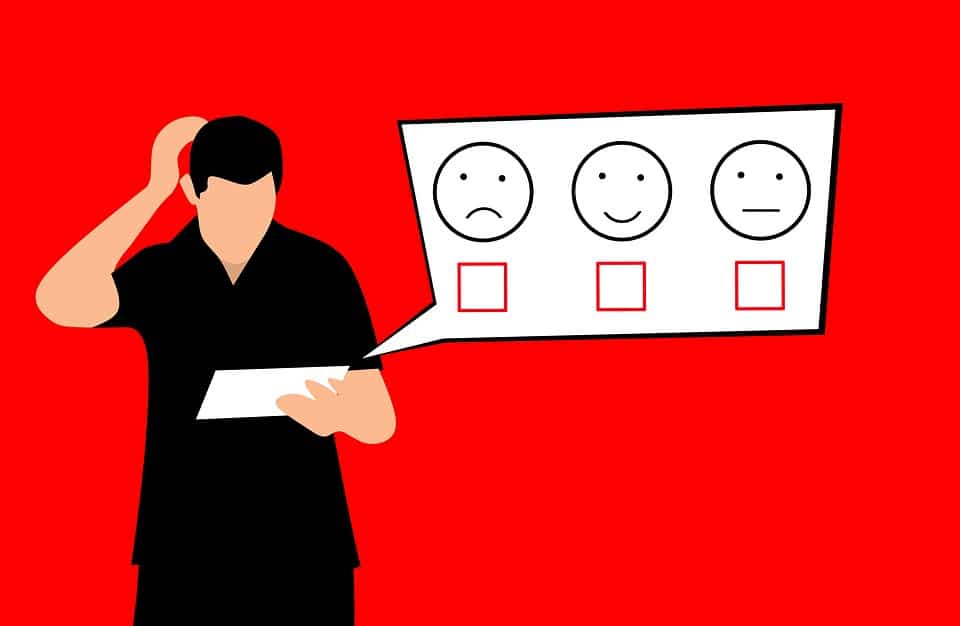In today’s digital landscape, website security is of paramount importance. As one of the most popular content management systems (CMS), WordPress has attracted the attention of hackers and malicious actors. However, with the right measures in place, you can fortify your WordPress website against potential threats. In this blog post, we will explore essential tips and best practices to help you secure your WordPress website today. By implementing these measures, you can protect your website and ensure a safe online experience for your visitors.
- Keep WordPress Updated: Regularly updating your WordPress installation, themes, and plugins is crucial for maintaining a secure website. Outdated software can expose vulnerabilities that hackers can exploit. Enable automatic updates for minor releases, and stay vigilant to manually update major versions promptly.
- Choose Strong and Unique Credentials: A strong password is your first line of defense against unauthorized access. Use a combination of uppercase and lowercase letters, numbers, and special characters. Avoid common phrases, dictionary words, or personal information. Additionally, consider using a password manager to generate and store complex passwords securely. Also, change your default “admin” username to something unique to make it harder for hackers to guess.
- Implement Two-Factor Authentication (2FA): Two-Factor Authentication adds an extra layer of security by requiring users to provide a second form of verification, usually through a mobile device or email. By enabling 2FA, you significantly reduce the risk of unauthorized access even if your password is compromised. Numerous plugins are available for WordPress that can easily enable this feature.
- Use Secure Hosting: Choosing a reputable and secure hosting provider is vital for your WordPress website’s overall security. Look for hosts that provide features such as SSL certificates, firewall protection, regular backups, and malware scanning. Regularly monitor your hosting provider’s security practices and promptly address any vulnerabilities that may arise.
- Install a WordPress Security Plugin: WordPress security plugins can help you automate security tasks and enhance your website’s protection. Plugins like Wordfence, Sucuri, or iThemes Security provide features such as malware scanning, login protection, IP blocking, and firewall configuration. Carefully review and select a security plugin that fits your specific needs.
- Secure Your Login Page: The default WordPress login page is susceptible to brute-force attacks. Protect it by limiting login attempts, implementing CAPTCHA or reCAPTCHA, and enforcing strong passwords. Additionally, consider customizing your login URL to make it harder for attackers to target your website.
- Regularly Backup Your Website: Frequent backups ensure that you can recover your website in the event of a security breach or data loss. Implement a backup solution that automatically creates backups of your WordPress files and database. Store backups on an external server or cloud storage for added security.
- Remove Unnecessary Themes and Plugins: Unused themes and plugins can pose a significant security risk if left unattended. Delete any unnecessary themes and plugins from your WordPress installation, as they can serve as potential entry points for attackers. Regularly update and maintain the plugins and themes you use, ensuring they come from trusted sources.
- Secure File and Directory Permissions: Incorrect file and directory permissions can expose your WordPress website to unauthorized access. Set appropriate permissions for your files and directories to restrict access to essential files only. WordPress provides recommended file permission settings, or you can utilize security plugins to manage this task.
- Stay Informed and Educate Yourself: The field of website security is ever-evolving. Stay informed about the latest security threats, vulnerabilities, and best practices. Follow security blogs, forums, and official WordPress announcements to stay updated. Educate yourself and your team about secure coding practices and common security pitfalls.
Conclusion:
Securing your WordPress website is an ongoing process that requires vigilance and proactive measures. By following the tips and best practices outlined in this blog post, you can significantly enhance the security of your WordPress website. Remember, prevention is always better than cure when it comes to website security. Invest the time and effort into securing your website today to safeguard your data, reputation, and the trust of your visitors.




